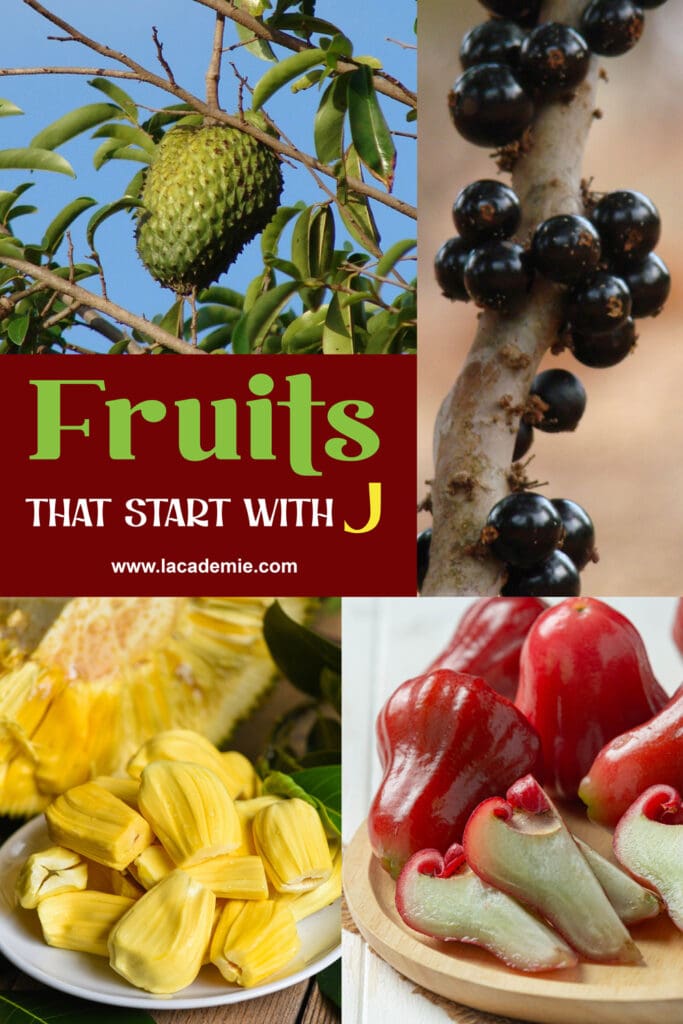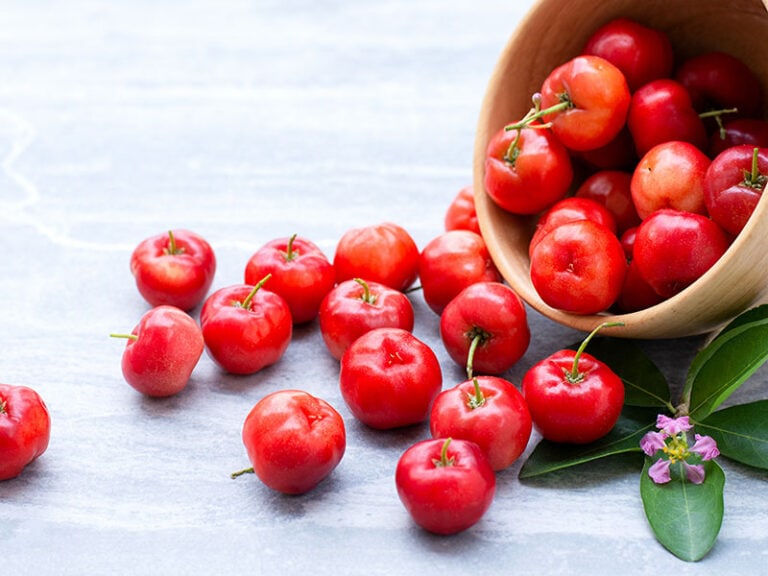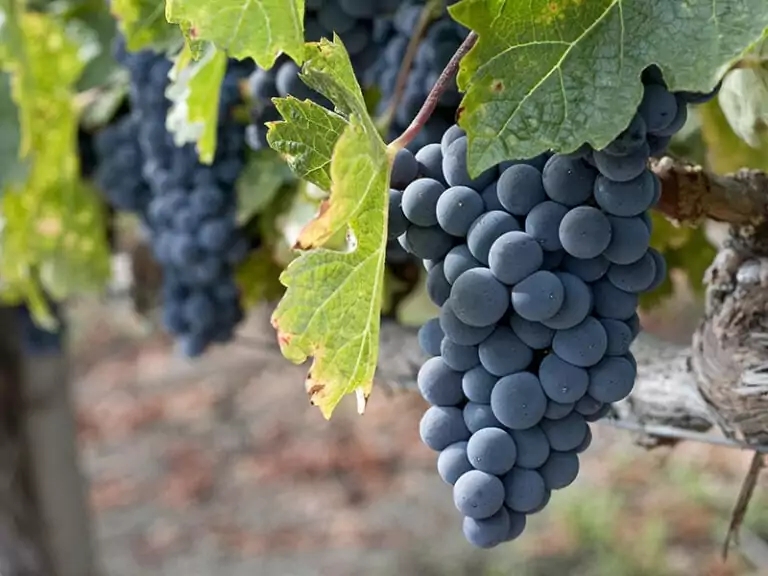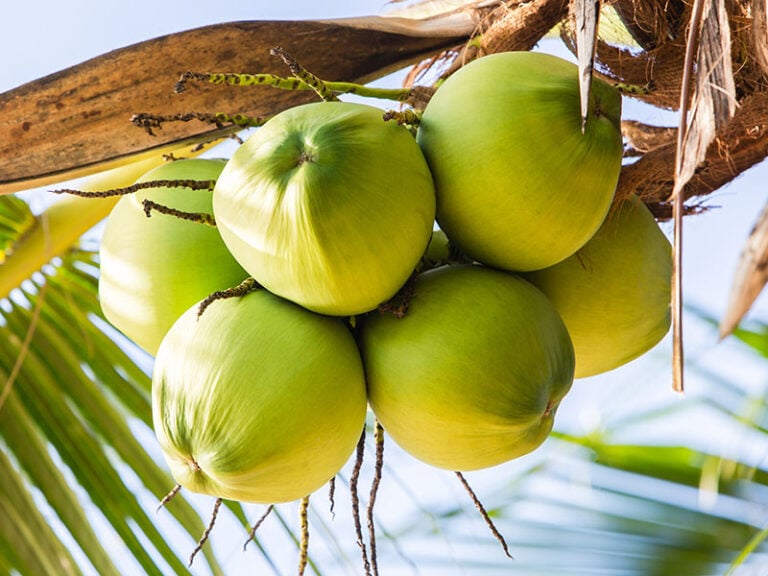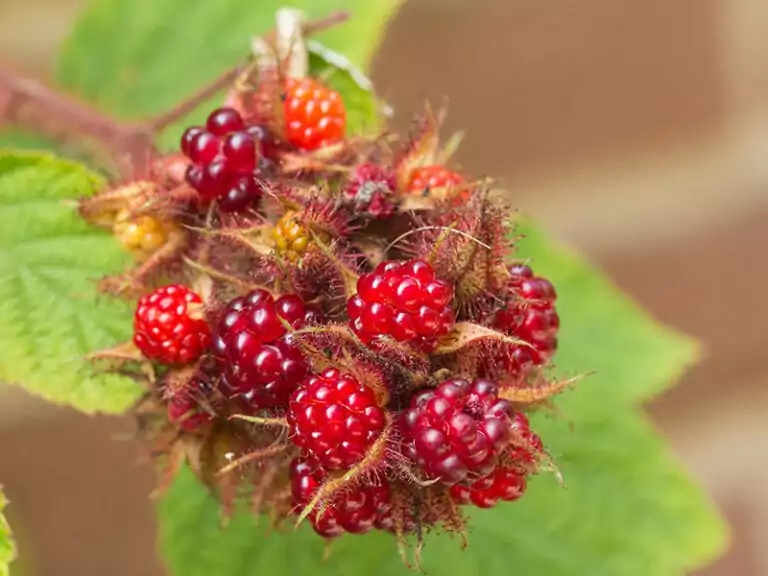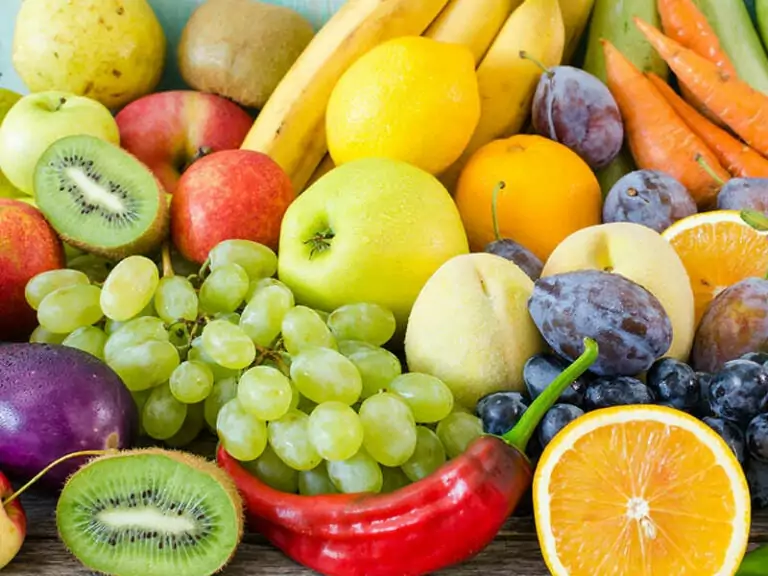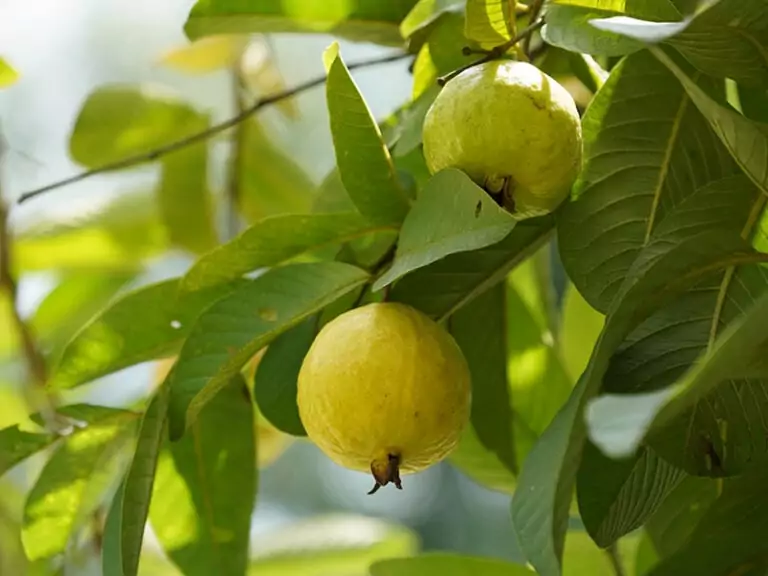I guess that in your list of fruits starting with the letter J, jackfruits will come to your mind, and it takes you a while to think of the rest of my list.
My advanced following list will show you the world of J foods. In this list, you are going to find out their looks, origin, taste, nutrient values, and some recommended ways to vary your daily meals with each of them.
If you are addicted to enjoying and want to learn or try new tastes of fruits, this list will not disappoint you. To make this list easy for you to take note of, I am going to arrange these fruits by their classification. Let’s check it out!
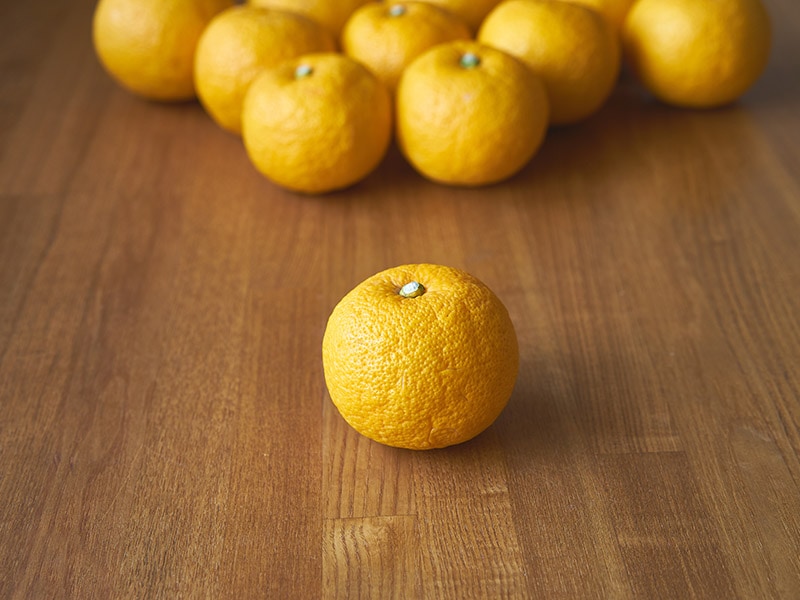
8 J-Beginning Tropical Fruits
In this list, the following representatives grow in tropical regions. Keep reading this, and you will see some familiar faces along with others you may not have heard yet.
1. Jackfruit
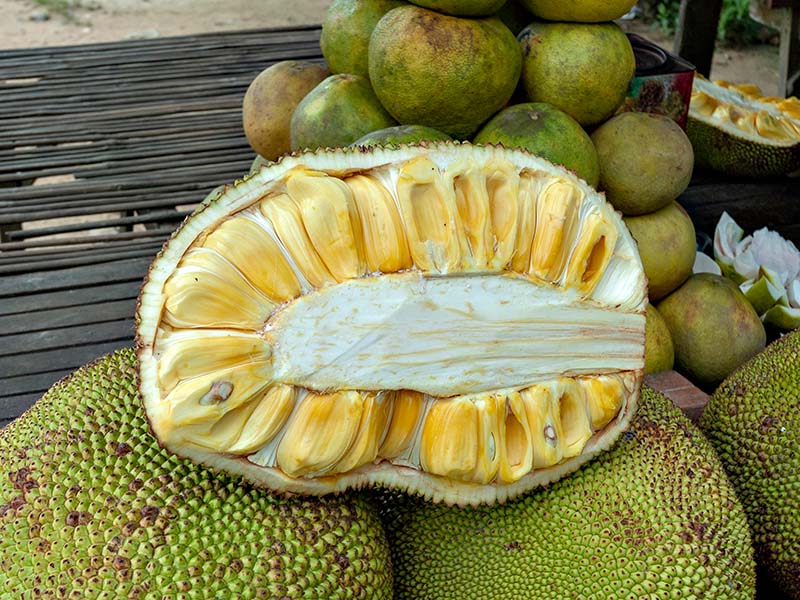
The jackfruit (Artocarpus Heterophyllus), or “Jack tree”, is a member of the Moraceae plant family. It is originally grown in southern India, Sri Lanka, and southeast Asian rainforests, such as the Philippines, Malaysia, and Indonesia.
Jackfruit is one of the largest fruits, weighing up to 55 kilos (120 pounds). The green skin outside has small spines. The inside has many yellow pulps with a musky smell. It is edible both when ripe and unripe.
A jackfruit pulp contains 74% water and carbohydrates, protein, and fat. Moreover, it gives you vitamin B6, vitamin C, and potassium. With a large percent of water in a single pulp, jackfruit is considered a good fruit for dehydration.
With multiple uses, you can use the pulps to make a smoothie cup or make a jackfruit jam. The seeds are sometimes cooked to eat as a snack.
To expand your daily menu with jackfruits, this instruction is for you.
2. Junglesop
The Jungelsop, a relative to Soursop, is strongly grown and famous in Africa. The African locals call it “Bobo” to show their love for this kind of fruit.
In comparison, the Junglesop fruit is the second biggest fruit to the jackfruit. As in the outlook, the fruit is identical to its sibling Soursop.
The fruit taste is sour to sweet depending on when it is harvested. In cooking, the Jungle can be used for making wines, jams, and jelly. It is also high in Vitamin A.
3. Jabuticaba
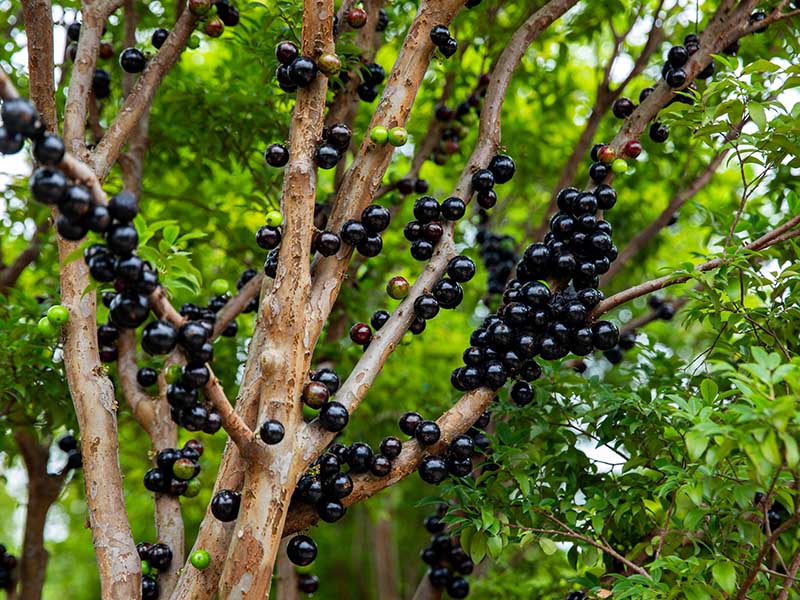
Jabuticaba or Jaboticaba (Plinia Cauliflora), also known as a Brazilian grape tree, is a member of the Myrtaceae plant family. This distinct fruit is born in Brazil and some South American countries like Argentina, Bolivia, Peru, and Paraguay.
A Jabuticaba fruit is about the same size as a plum and grows densely on the trunk and branches of the tree. At first, it is green and gradually turns purple when ripe. The fruit has a grape-like taste, is rich in water, and can be eaten immediately after picking.
In addition, this fruit with a black hue is used to make jam or to ferment wine. Dried Jabuticaba fruits potentially treat asthma and diarrhea. Besides, it is valuable in the beauty field with anti-aging abilities.
4. Jacaratia Spinosa
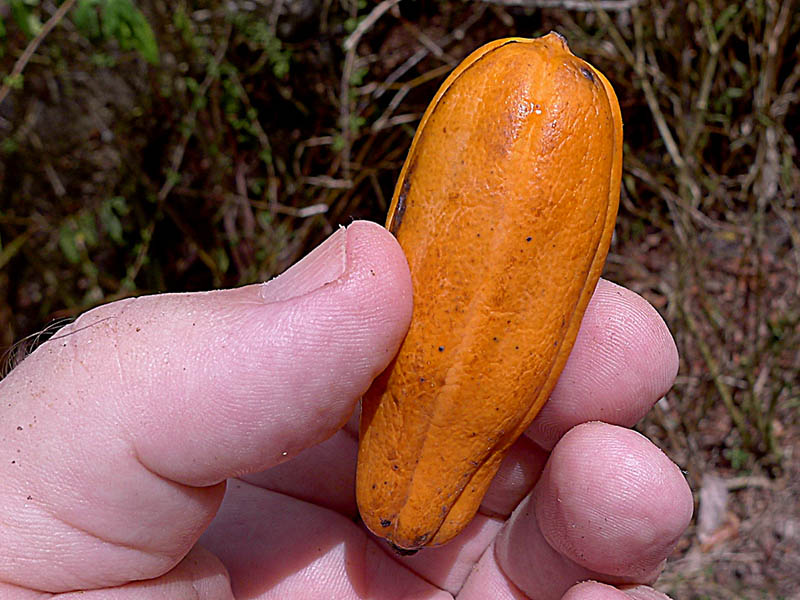
Jacaratia Spinosa is likely a hybrid of common papaya, passion fruit, and mango.
Jacaratia Spinosa, a wild mango, is a fruit plant in the family of Caricaceae – the papaya family. It grows in the dry forests of Latin countries, such as Mexico, El Salvador, and Nicaragua.
The fruit looks long in shape and bold orange-yellow in color. Its skin appears to be like small yellow papaya when ripe. From the inside, Jacaratia Spinosa’s pulps remind you of the passion fruit, but its taste is a combination of sweet and spicy flavor.
Jacaratia Spinosa is a favorite food of many animals and can be eaten raw or cooked. Its gut also has some medical uses.
5. Jacaratia Mexicana
Jacaratia Mexicana, wild papaya or maroon, is from the same genus as the Jacaratia Spinosa. Also known as Mexican mountain papaya, this unique fruit is native to Mexico, especially in dry forests.
At first glance, Jacaratia Mexicana looks like a weird starfruit. It has a light green color on the body and light red color on the four corners. Inside, the pulp is similar to the Jacaratia Spinosa.
Jacaratia Mexicana is edible like its sibling. But, the health benefits are not yet figured out.
6. Java Plum
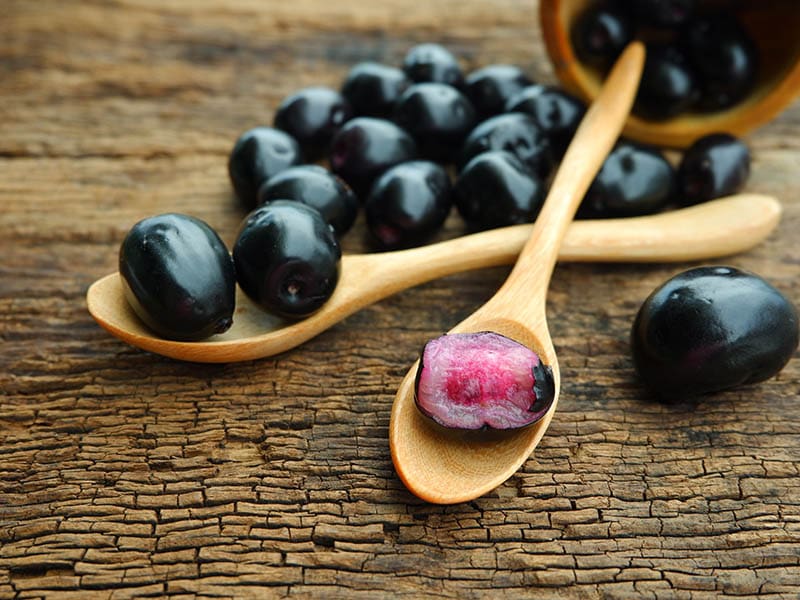
Java plum or Jamun (Syzygium Cumini) is a tropical tree from the family of the Myrtaceae plant. Its origin is discovered in India. Then it is imported to Southeast Asian countries.
The fruit is elongated and ovate. When unripe, it is a green color. As the fruit ages, the color turns pink, crimson, and finally black.
When eating raw, it gives you a sweet, slightly sour, and astringent taste and makes your tongue a purple color. In culinary, Java plum can be made juice, syrup, and jelly.
A Jamun holds more than 80% water together with moderate content of carbohydrates and vitamin C and a small amount of protein and fat.
7. Jocote
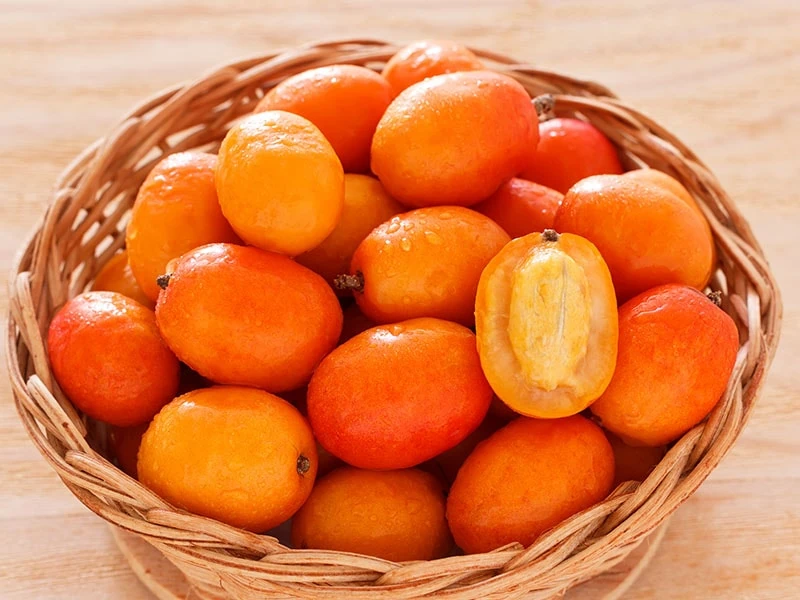
Spondias Purpurea, some common names including Jocote, Hog plum, or Red Mombin, comes from the plant family of Anacardiaceae, derived from Mexico to Brazil.
The edible fruits of Spondias Purpurea are large tomatoes but in an oval shape. The young fruits are green, then turn red-orange color when mature. The ripe pulps will become yellow and have a sour flavor.
In cuisine uses, the ripe Jocote fruits can be ingested raw, and their pulps can be used to make a drink. Besides, the young fruits tend to be pickled in lime juice or vinegar.
A jocote offers a rich source of vitamin C, B-complex vitamins, calcium, iron, and carotene. It also boosts your immune system and controls weight loss.
8. Java Apple
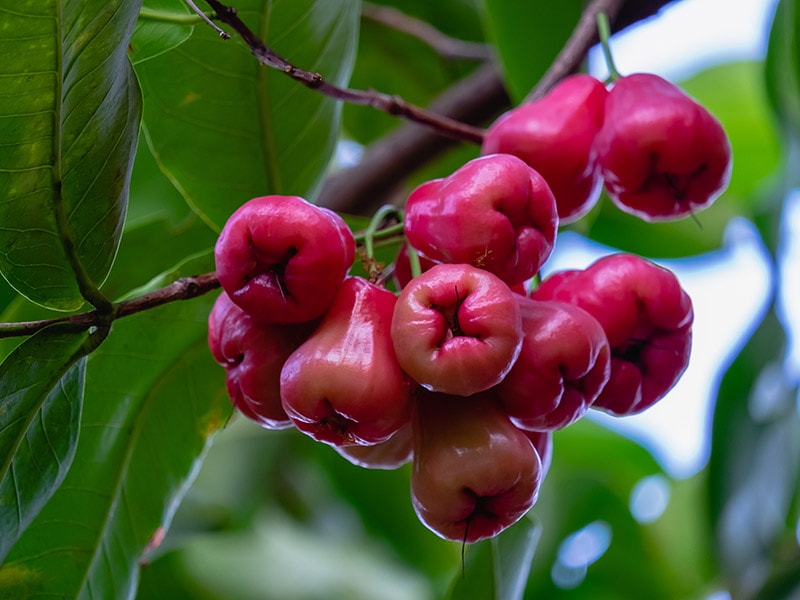
Java apple, Wax jambu, or Rose apple, scientific name Syzygium Samarangense, is a popular tropical fruit plant widely cultivated in many Southeast Asian nations.
Rose apple fruit is succulent, bell-shaped. It mostly appears in white to deep red and purple tones. But some varieties even have a pink skin color. The white flesh inside comes with a sweet taste when consumed raw.
Java apple is considered a popular fruit in Vietnam for desserts. You could buy it at any street food mobile counter. It can be used to make pickles in other countries.
Syzygium Samarangense is valuable in healthcare intents:
- Decrease toxicity in your body.
- Strengthen immune systems.
- Benefit your skin health.
- Help retain heart health.
The Only Stone Fruit Start With A J
The name of this classification tells us all about the following fruits. Stone fruit has a single, big, and hard seed in the center covered by its fleshy area. Luckily, I found one stone fruit starting with J to put it into my list.
9. Japanese Plum
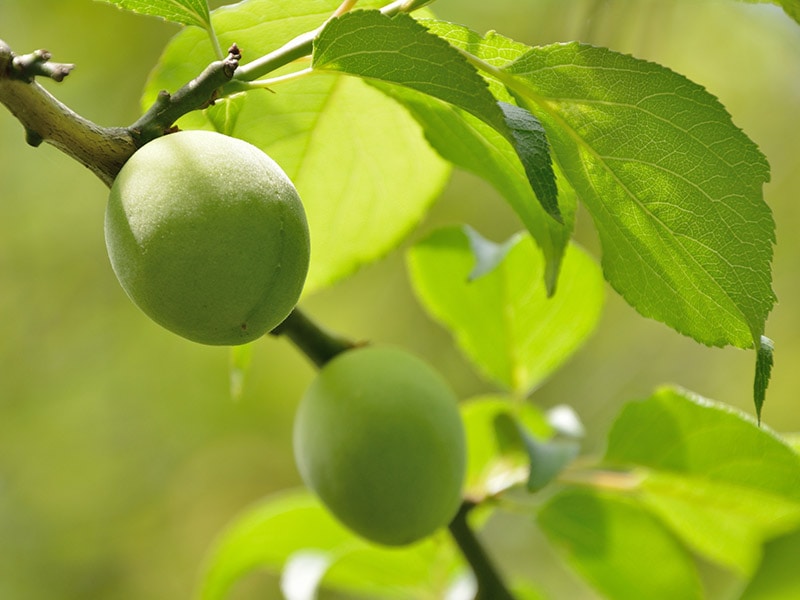
Prunus Mume, a Japanese plum or Japanese apricot, is an East and Southeast Asian plant belonging to the Rosaceae – the rose family. This plum is known to have originated in China. And later, people imported it to Japan, Taiwan, Vietnam, and Korea.
A Japanese plum is not different from a peach but fuzzless. First, it has a green skin color. Besides, it becomes half pale green and half red when ripe. Inside the fruit, its pulp is firm with a bitter and sour taste.
The flowers can be used to make daily tea. The juicy fruit is the main ingredient to produce liquors, pickles, and jams. Japanese plums are highly beneficial. Prunus Mume is good for liver functionality. It also has antioxidant and anti-inflammatory abilities.
The woman will guide you to make wine with Japanese plums.
2 J-Something Citrus Fruits
Everyone knows citrus is a common category with various fruits that have a lot of juicy flesh. They present rounded or oval shapes. Often, people consume their flesh or press them for juice, such as oranges, lemons, grapefruits, and tangerines.
10. Jamaican Tangelo
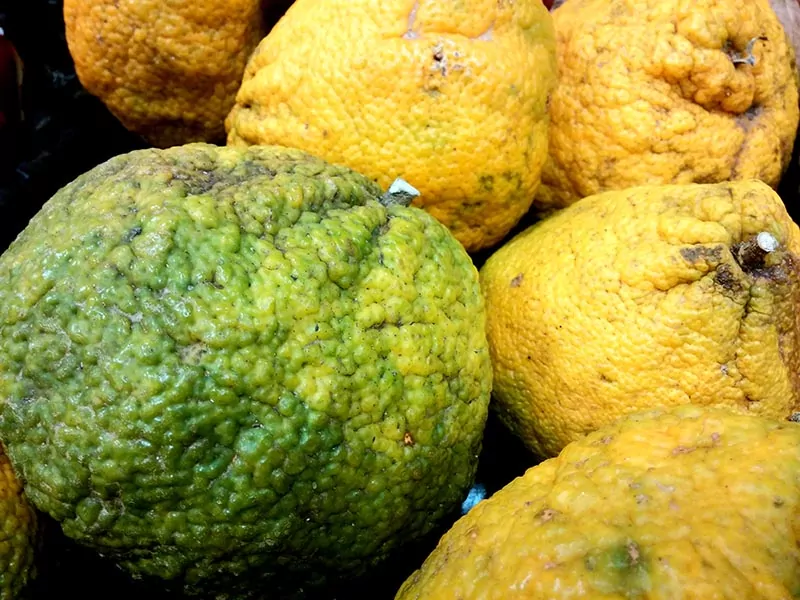
Citrus Reticulata x Paradisi, familiar names like Jamaican tangelo, and Uniq fruit, is a natural hybrid citrus plant between tangerine and pomelo. It is native to Jamaica.
When unripe, the fruit has a slightly green color like a pomelo. But it turns yellow as a lemon when aging. A Jamaican tangelo flesh is succulent, sweet as a tangerine, less bitter than a grapefruit.
You can eat it uncooked the same way you eat oranges or pomelos. Or you can enjoy a glass of its juice on summer days.
Along with vitamin C and other nutrient contents, Uniq fruits deliver a source of flavonoids, a factor that has a mighty antioxidant capability.
The reviewer will present you with a clear look at a Jamaican tangelo.
11. Jabara
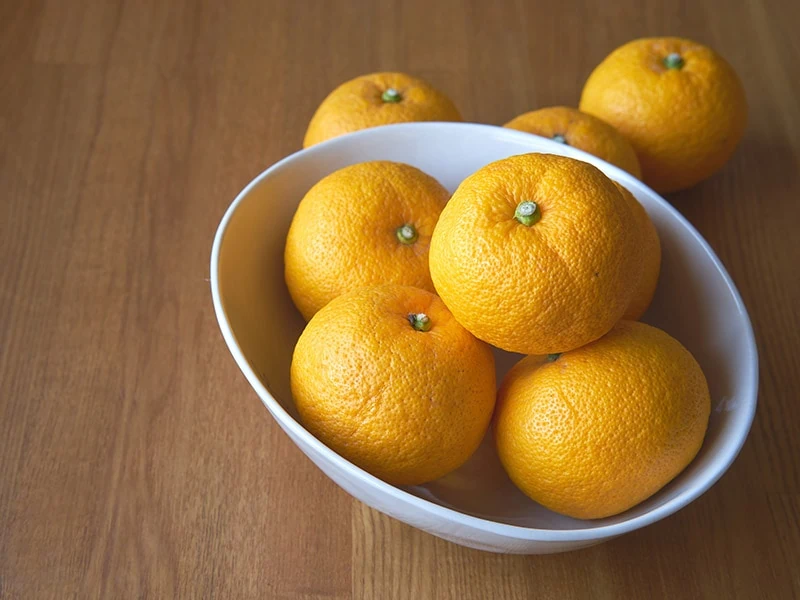
Citrus Jabara or Jabara, a rare Japanese orange, only appears in the village of Kitayama, Wakayama province, Japan.
This special Asian orange’s outlook is similar to other regular orange varieties. But when the fruit gets older, its peel changes to light yellow, and the pulp is as sour as a lemon. Certainly, you may use it for desserts or prepare Jabara juice.
Due to the rich water content, Jabara is absolutely a good solution on hot temperature days. Moreover, the vitamin C source in this fruit is healthy for your skin health.
Tim Keates and his recorded motion pictures illustrate the whole thing about Jabara fruit.
4 Pome Fruits That Have A J Starting In Their Name
Pome is a popular classification of fruit grown from flora plants. Easily said, these plants bear flowers in spring and become laden in late summer to late fall. Here are the top 4 J pome fruits.
12. Japanese Pear
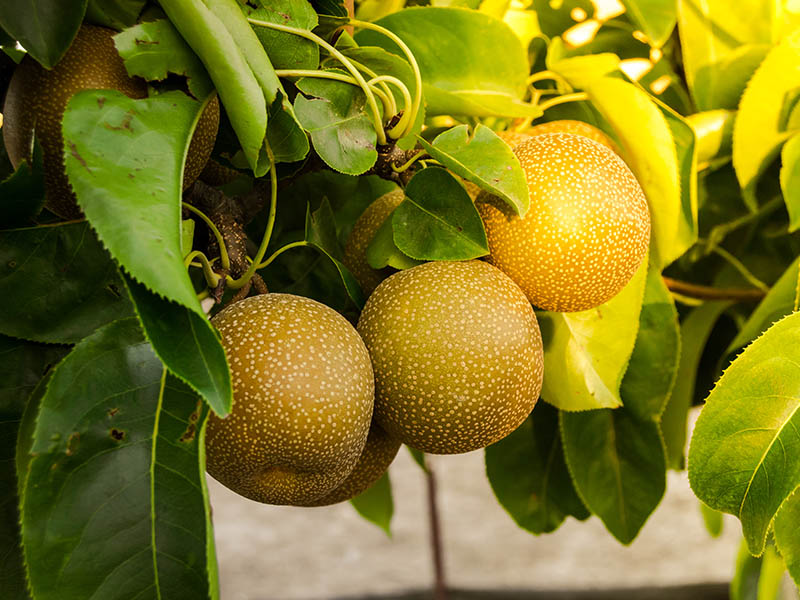
Japanese pear (Pyrus Pyrifolia) has numerous other names like Chinese pear, Korean pear, and Taiwanese pear that explain its East Asian origin. This Asian pear is also called apple pear or sand pear.
Apple pears impress you with their classy outer look. They can be a bigger version of apples but in an oval shape with tiny white spots and beige color in the skin.
Pyrus Pyrifolia has been consumed raw both skin and pulp. Due to high moisture content, grainy texture, and a crisp, it is unable to bake pies or make jams.
A sand pear is useful for several usage purposes:
- Utilized in conventional Chinese medicine: body detoxifying, throat lubricant, and skin health-boosting.
- Utilized for under-eye depigmentation.
- Utilized for cough cure.
Besides, Pyrus Pyrifolia nourishes adequate abundances of Vitamin C, K, fiber, and potassium.
13. Japanese Quince
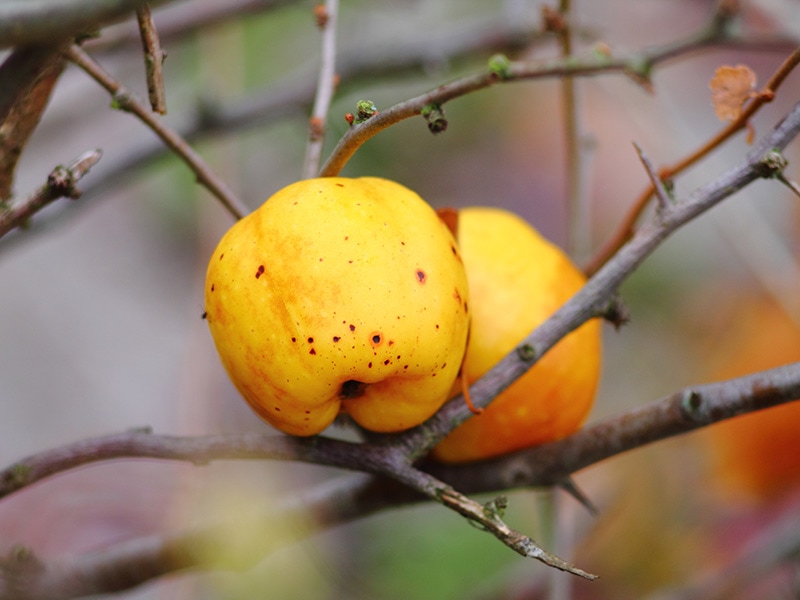
Chaenomeles Japonica is the science title of Japanese quince or Maule’s quince, another pome fruit that originated in Japan.
If you take a quick look at Japanese quince fruit, it looks partially like pomegranate but in glossy yellow color, and its outer skin is smooth. The fruit contains no toxic effect but is not raw edible because of the astringent taste. You can use it for making jams and wine.
The usefulness of Maule’s quince that offers you:
- Low contains sugar and is prosperous in fiber.
- Great source of minerals: copper, sodium, iron, zinc, magnesium, and phosphorus.
- Possible applications in cosmetic products: cleansers, serums, facial moisturizers, and sunscreens.
A cooking guide of how to make a jelly Japanese Quince.
14. Jujube
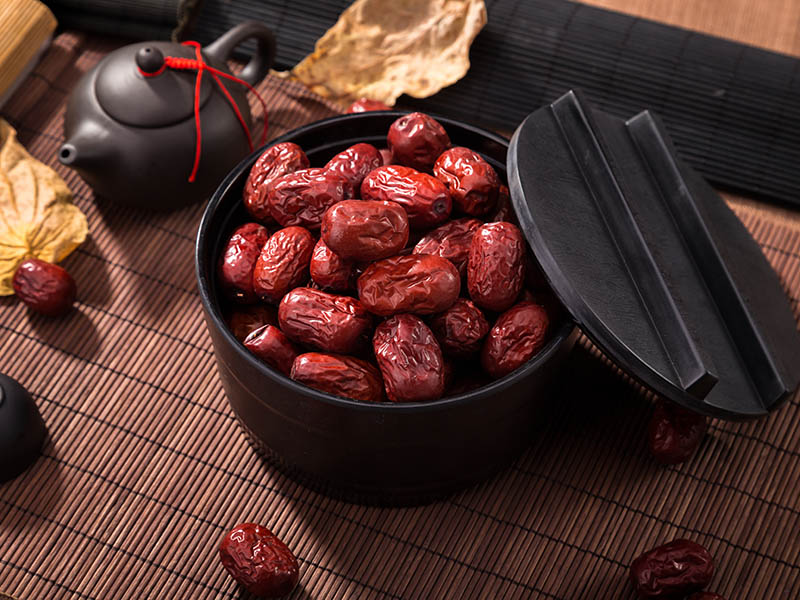
Ziziphus Jujuba, also named Jujube or Chinese date, is native to Southern Asian areas, yet introduced internationally.
The young Jujube fruit is green with a smooth rind, comparable in taste to the common apple, but as the fruit ages, the skin darkens to purplish-red or black color and wrinkles.
In the medical field, Jujube fruit contains mucilage which has soothing properties for your throat, and the juice is often used in sore throat treatment.
In culinary, Chinese dates are usually processed for making jam, wine, and tea. Jujube is also dried to eat as a snack.
15. Juneberry
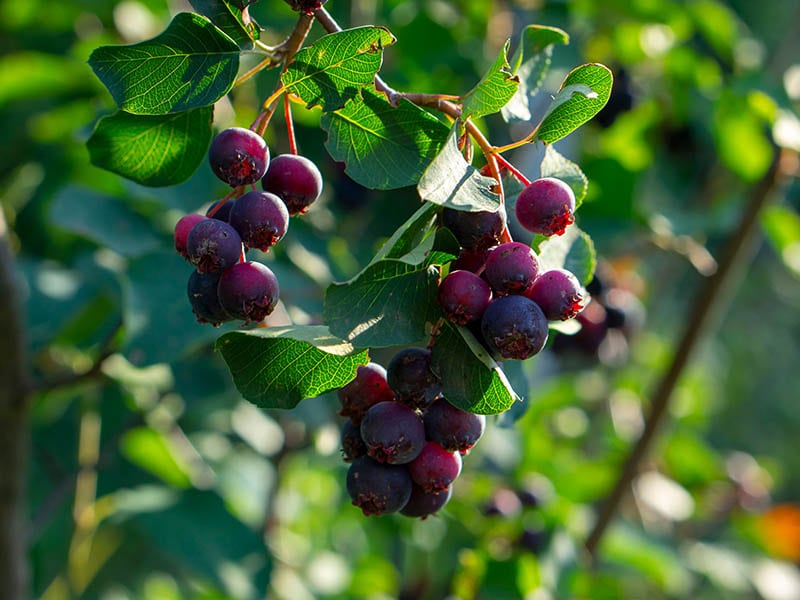
Juneberry is another name of the Amelanchier plant genus from the family of Rosaceae. Surviving in cold temperatures, Juneberries are born in the North American parts.
From the outside, you could mislook the Juneberry appearance because it is nearly the same as a blueberry. In fact, Juneberry belongs to the pome fruits with related traits of apples and pears.
After picking up, these juicy fruits can be used for jams, pies, muffins, and wines. Juneberries even possess a high percentage of Vitamin C which helps fight anti-aging.
A New J-Starting Berry Fruit
Berry is a term referring to high-water-container or juicy fruits. They are presented as small edible fruits and have round to oval shapes, one single bold color, and no big seed in the center of the pulp.
For cuisine purposes, you can use most berries to eat dried, make a delicious smoothie, sweet jam eaten with sandwiches, and of course, wine.
16. Jostaberry
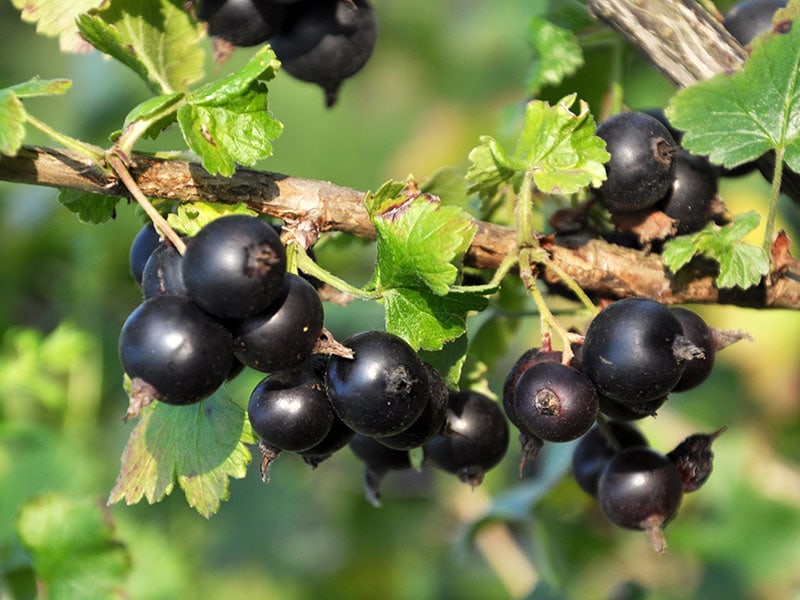
Jostaberry, called Ribes x Nidigrolaria, is a cross-breed berry between gooseberry, black gooseberry, and blackcurrant.
The unripe hybrid berry is round and has a green color with a gooseberry-like taste. When it ripens, the green color turns to dark purple, nearly black, which makes it look like a tiny black pomegranate, with a blackcurrant vibe.
As for the nutritious matter, most berry fruits benefit your health for their vitamin C and antioxidant content, so do the Jostaberries.
This reviewer can give you thorough info about Jostaberry.
Additional Fruits Starting With Letter J
In the final of my list, three additional J fruits will be introduced to you. Let’s check it out to see if one of them can be your favorite.
17. Juniper Berry
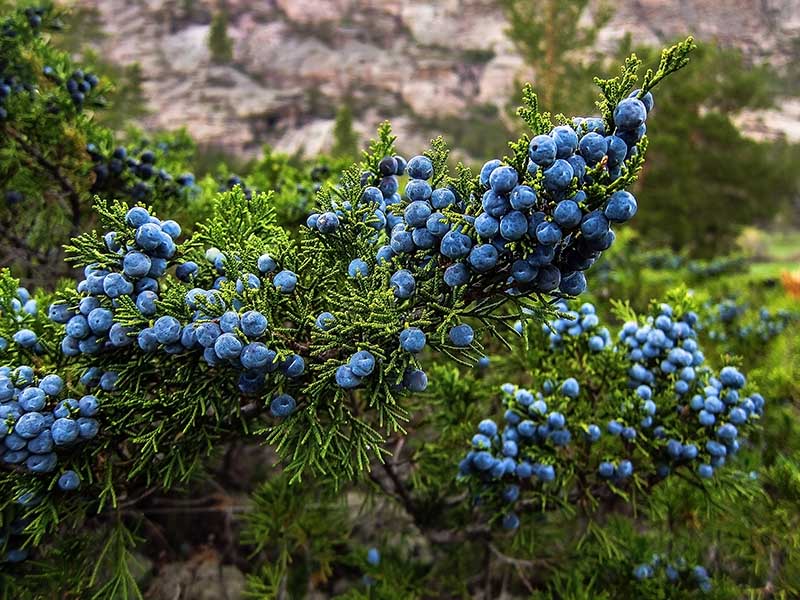
Juniperus Communis, commonly called the Juniper, is grown in many parts of the world, including Asia, Europe, and North America.
Juniper fruit is not a berry by nature. But the structure of flesh and outer skin makes it look like a member of the berry family with a pine-like flavor.
Unlike other berries, this unique fruit that has a blue color is typically used in small amounts to make spice for food – not for whole raw eaten. Furthermore, the essence from fruits benefits body massaging purposes.
Juniperus communis deliver some health advantages because of rich in vitamin C, flavonoids, monoterpenes, and coumarins:
- Fighting free radicals function.
- Anti-cancer capability.
- Anti-diabetes property.
18. Jatoba
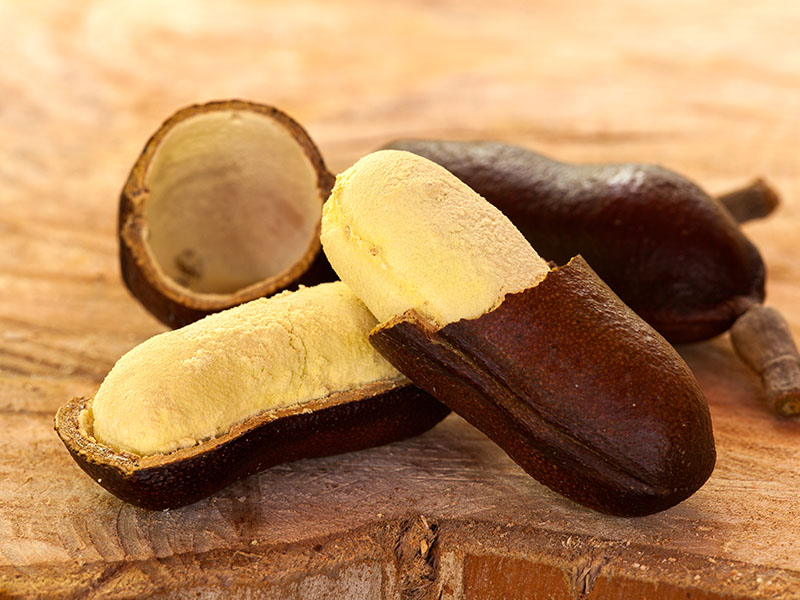
Jatoba tree (Hymenaea Courbaril) is a common hardwood plant growing in the Caribbean and Latin American areas.
As described, Jatoba fruit looks like a big toe and has a dark brown color. Although the white pulp has an unpleasant smell, it tastes sweet. You can eat it raw, dry it to make powder for adding into soup and cookies, or mix it with water to drink.
As for medical uses, Jatoba is used for diabetes treatment and hemorrhages healing.
19. Jelly Palm
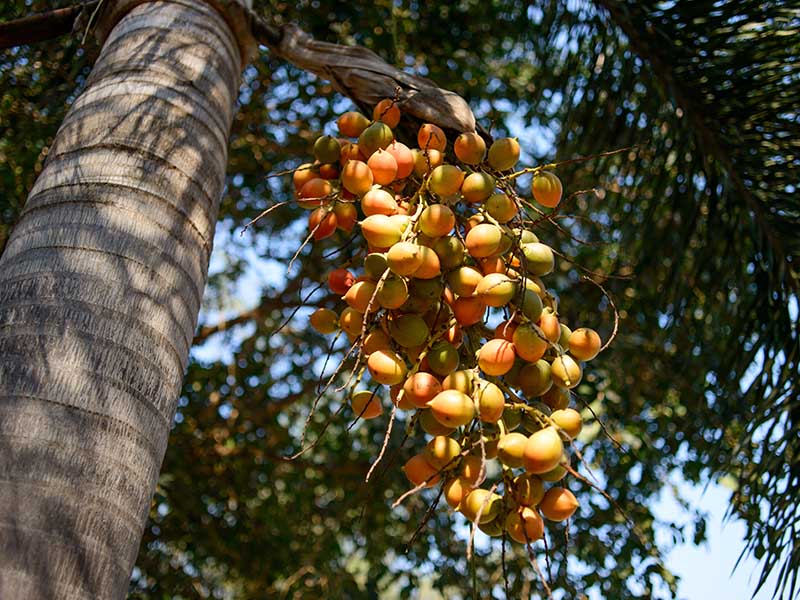
Jelly Palm (also known as Pindo palm) is a Palm tree that originated in Brazil and Uruguay but became popular in the whole South American continent.
The edible Jelly Palm fruits are bold yellow and have an oval shape with cherry size. The flavor is sweet and tart when consumed raw. Also, the fruit can be harvested for making jelly and wine.
Jelly Palm has a high content of Vitamin C and A, so it has strong anti-aging properties for the skin.
Vary Your Everyday Meals With Savory J Fruits
I believe my brand new list will give you advanced knowledge of the world of fruits. I guess by reading this line, you would have found your favorites. Do not hesitate to have a bite of these yummy fruits, and send me your reaction.
How do you feel about my collection? Can you tell me some other fruits starting with J that I haven’t known yet? Just give your comments.
